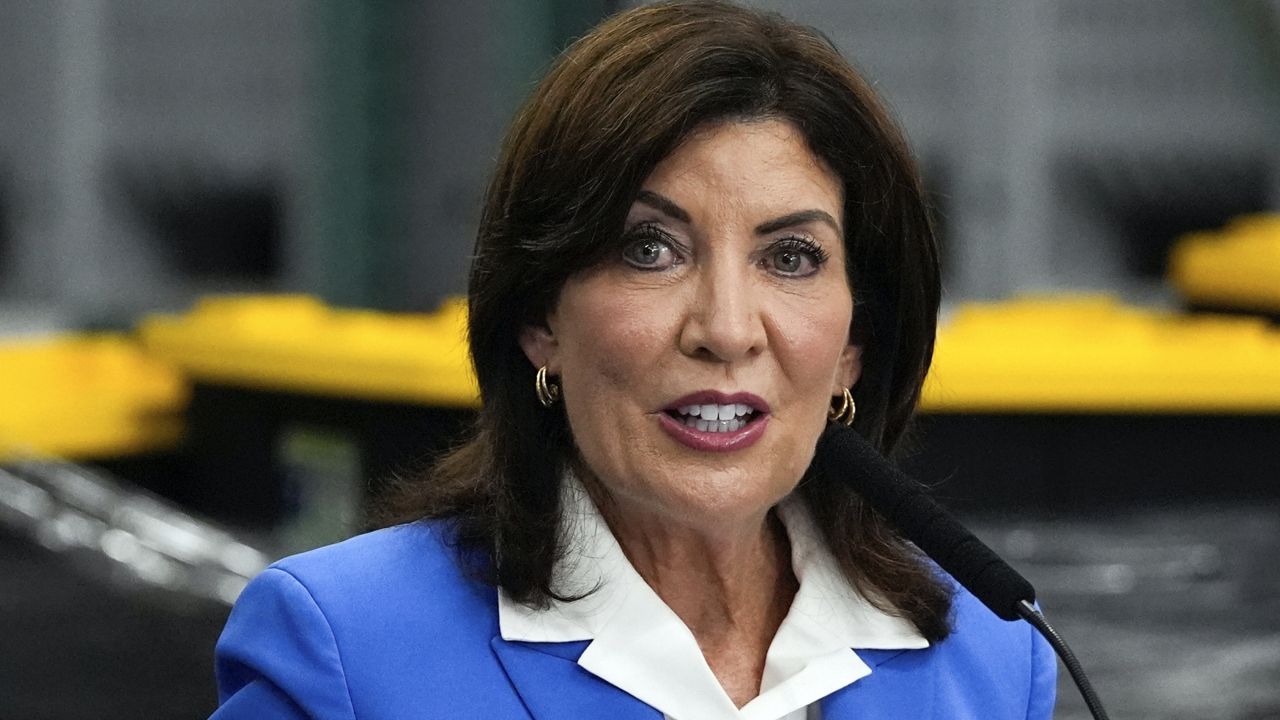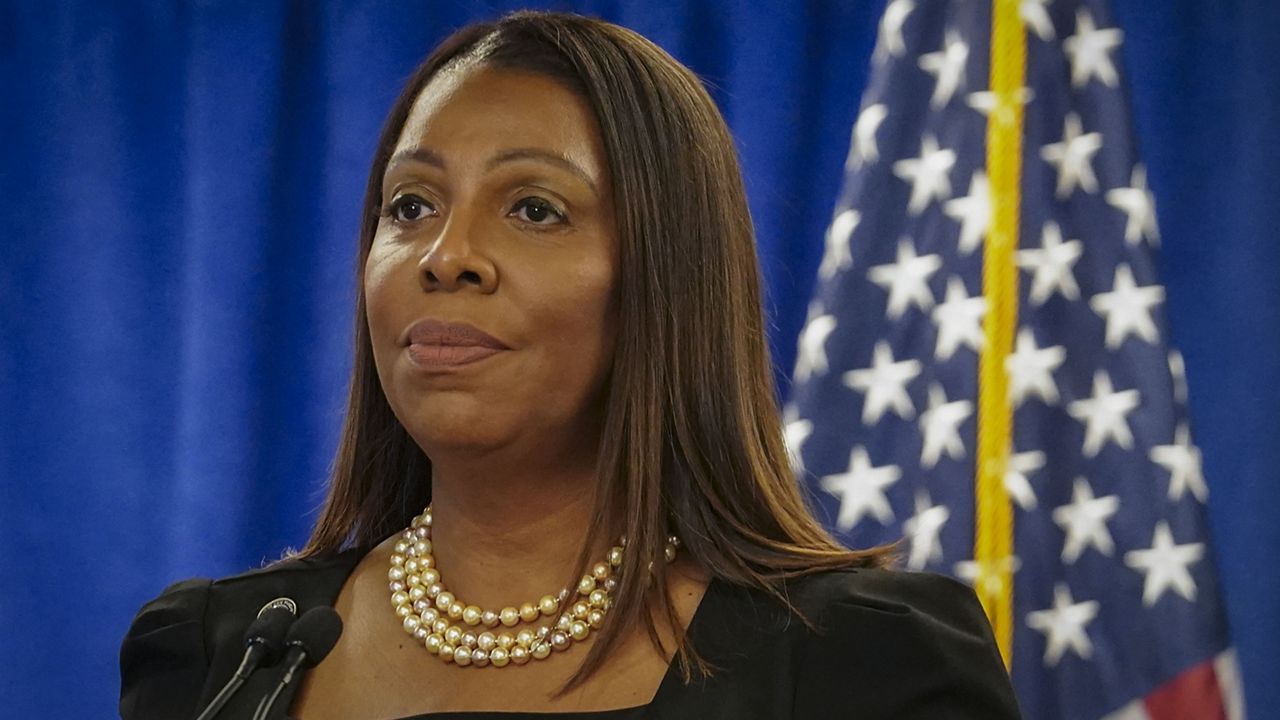Days after former Gov. Andrew Cuomo was interviewed by a congressional panel on his handling of COVID-19 in nursing homes, a new independent report analyzed each and every decision Cuomo made at the height of the pandemic.
Gov. Kathy Hochul ordered the taxpayer-funded review back in 2022.
What You Need To Know
- The report — “New York State COVID-19 After Action Report” — was written and researched by the Virginia-based consulting firm, the Olson Group
- The 262-page report acknowledges the difficulty of government response, including rapid and often-changing policy decisions
- It did not touch on Cuomo’s $5 million book deal detailing his handling of pandemic response, a project he began in early 2020
“We knew that things had to be done differently, they had to be done better,” Hochul said at an unrelated press conference in Syracuse on Friday.
Over $4 million and nearly 18 months later, conclusions from on New York’s pandemic response under former Gov. Andrew Cuomo are in.
The report — “New York State COVID-19 After Action Report” — was written and researched by the Virginia-based consulting firm, the Olson Group.
“Governor Cuomo’s decision to center the state’s response in the Executive Chamber and, more specifically, in his office was a significant and unnecessary mistake,” the analysis found.
Bill Hammond, senior fellow for health policy at the conservative think tank, the Empire Center for Public Policy, said the report ties the majority of pandemic-era decisions directly to Cuomo.
“He ended up ignoring a lot of planning that had been done and cutting out a lot of resources that might’ve been useful to him. In particular, they talk about how he cut his own health department out of the decision-making chain because he decided he didn’t trust them early on,” Hammond said.
The 262-page report acknowledges the difficulty of government response, including rapid and often-changing policy decisions.
“New York was the first state to really have an onslaught of hospitalized patients and to have to figure out how to increase hospital capacity in a way that had never happened in anyone’s lifetime before,” Shira Doron, chief infection control officer at Tufts Medicine, said. “You have to give New York some slack because they were doing things that were unprecedented.”
“New York’s response to the pandemic quickly exceeded any strategies envisioned in the state’s pre-existing plans and policies for dealing with such an emergency. However, these plans and policies, and the wealth of previous lessons learned that they contained, were almost immediately disregarded and overruled by the Executive Chamber’s preferred top-down, centralized emergency management approach,” the report detailed.
The report goes on to determine: “Although [Cuomo’s] decisive actions were widely praised during the early stages of the pandemic, his failure to shift to full incorporation of the state’s established institutions in coordinating the ongoing response operation resulted in unnecessary confusion at a time when New Yorkers needed clarity.”
The Olson Group recommends New York prepare:
- Data models that are “accurate, defined and consistently communicated”
- Better coordination with federal and local governments
- Contingency plans for hospital surge capacity
- Better housing plans for infected nursing home residents
“I’m proud that we didn’t have to wait,” Hochul said in reaction to the report on Friday. “On my own I said something has to be different, we have to be better prepared, we have to be able to react more quickly, and that’s exactly what we’re planning to do and I’m looking forward to reading any recommendations that can be implemented.”
The governor is not compelled to act on the Olson Group’s recommendations.
Rich Azzopardi, a spokesman for Cuomo, responded to the report in a statement to NY1.
“His daily press briefings were internationally recognized for providing the facts amid a chaotic lack of a national response to this pandemic where 1.2 million Americans lost their lives. While this report cuts through the political garbage that has consumed the nursing home issue and points out how circumstances were consistent nationwide, it’s ridiculous to suggest that this pandemic response be treated the same as H1N1 or Legionnaires outbreaks,” Azzopardi said.
The report also analyzes the controversial nursing home admission policy and how the Cuomo administration counted deaths.
It argues Cuomo followed “best practices,” but lawmakers and nursing home family members pushed for answers back in 2020.
“They asked the state to provide the true and complete count and the state refused for months and months and months,” Hammond said.
The report, which interviewed dozens of state agencies, including the state Department of Health, determined public trust in health policy was damaged — describing the political climate and confusing, contradictory state reporting.
The report did not touch on Cuomo’s $5 million book deal detailing his handling of pandemic response, a project he began in early 2020.









